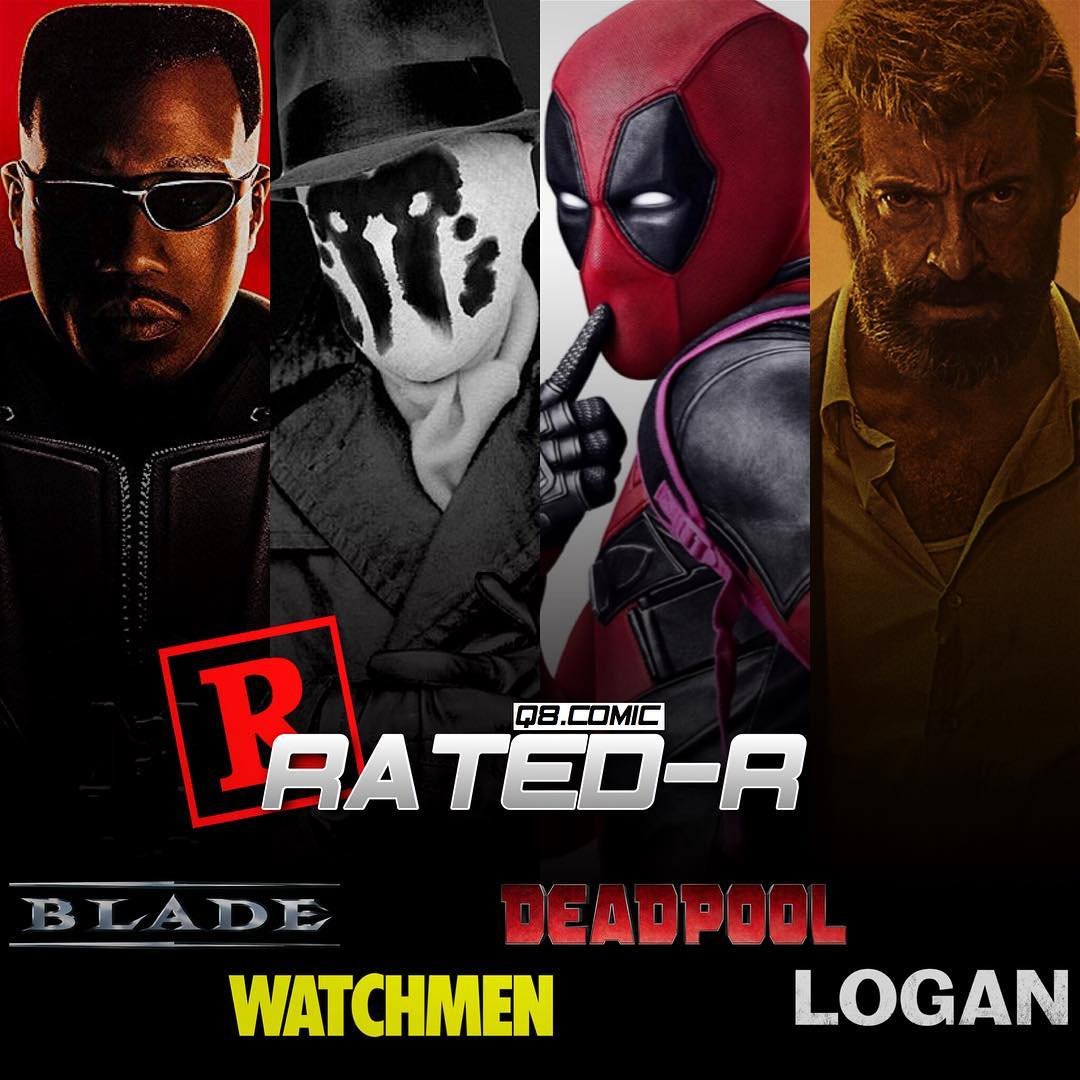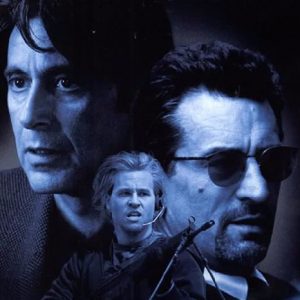By Christian Eltell

Ever since the start of the 21stCentury, superhero films have slowly risen to become the next sensation in cinema. Many comic book fans get excited when they want to watch the next Batman film, or any movie with the Avengers. These types of films are appealing because they’re action-packed, and it’s entertaining to see our favorite heroes save the world from megalomaniacal villains. Heroes that are flawed and have complicated lives are also appealing to audiences because we enjoy seeing them act human, as well as their ability to bounce back from conflict and fear that occurs within their world. Nick Pinkerton’s recent article, Please Send Help, establishes the fact that superhero films have become very popular, but that it is crushing the movie business because audiences have become more obsessed with fictional characters instead of films with more realistic characters and stories.

Pinkerton mentions how superhero and comic book characters have not only transcended into major motion pictures, but have also been adapted into primetime television shows and miniseries. For instance, Marvel characters like Iron Man, Captain America, and Thor each have their own standalone film series, and then collided together to form the colossal superhero mash-up, The Avengers in 2012, along with its sequel, Avengers: Age of Ultron in 2015. Marvel Studios continues to form sequels for each film series, as well as T.V. shows like Agents of Shield, which is based on people who have powerful abilities that are similar to superheroes. The characters of D.C. Comics have also made it big in motion pictures and T.V, even before the 21st Century. In fact, director Richard Donner’s Superman, with Christopher Reeve in the title role, was a massive success in 1978, followed by other sequels and reboots, including Zack Snyder’s Man of Steel in 2013. There was also a Superman series with George Reeves on T.V, Lois & Clark: The New Adventures of Superman with Dean Cain, and Smallville based on Superman’s origins. The Batman T.V. series with Adam West was popular in the 1960s, and in 1989, Tim Burton’s Batman starring Michael Keaton and Jack Nicholson smashed box office records, leading to three sequels in the 1990’s. The evolution of Batman further developed in the 21st Century with Christopher Nolan’s Dark Knight trilogy, which had a much darker take on the Batman characters, and its style resembling crime dramas. Batman and Superman also collided in Zack Snyder’s action-packed but overstuffed Batman v Superman: Dawn of Justice. The T.V. show Gotham was also created to reveal the origins of many familiar Batman characters and villains. While Marvel and D.C. Comics superheroes have become mainstream entertainment, Pinkerton argues that the superhero genre doesn’t have anything fresh or new to provide in terms of narrative, acting, and directing styles. No matter who portrays the heroes and villains, or the filmmakers behind each film, they all have the same old ideas and themes.

Almost every comic book film involves a hero, or a group of heroes, trying to prevent supervillains from taking over or destroying the world. Pinkerton also mentions how superhero films commonly borrow from other movie genres. Similar to how Nolan’s Dark Knight trilogy resembles crime drama, James Mangold’s Wolverine film, Logan, is a superhero film that combines Western and horror themes, along with bloody violence and emotional drama. Wesley Snipes’s Blade film in 1998, along with two sequels, combine vampirism and the supernatural. Guillermo del Toro’s Hellboy films also deal with the supernatural. Both Blade and Hellboy are misunderstood heroes that want to do good, even though each one has a dark side that can be exposed. R-rated superhero films like Blade, Logan, and Deadpool are extreme comic book films that try to be darker and more violent than the normal kid-friendly superhero films. However, PG-13 rated films like the Dark Knight trilogy prove that the R-rating isn’t always necessary in order to provide drama and intensity to a superhero film series. Captain America: The Winter Soldier is another example of a PG-13 superhero film that has intense action sequences, as well as dramatic scenes that work like a conspiracy thriller.

While Nick Pinkerton has a relevant point that superhero films heavily borrow elements from other genres, this does not make them bad or uninteresting movies. These films based on Marvel and D.C. Comics characters are entertaining to major audiences, and work because the filmmakers have cast the right actors to play these iconic heroes and villains. For seventeen years, Hugh Jackman has captured the masculinity and intensity of Wolverine in the X-Men film series. Christian Bale has provided a Batman that is tough and knows how to take risks when defeating major enemies. Heath Ledger and Tom Hardy deliver memorable performances as Batman’s archenemies, Joker and Bane, respectively. Robert Downey Jr. and Chris Evans bring charisma and intelligence to Iron Man and Captain America, respectively. There have been numerous directors for these Marvel and D.C. superhero films, but each filmmaker brings their own perspective in order to make these stories and characters memorable. With the effective use of genres like action, crime drama, and the western, superhero and comic book films have revolutionized cinema for good.

